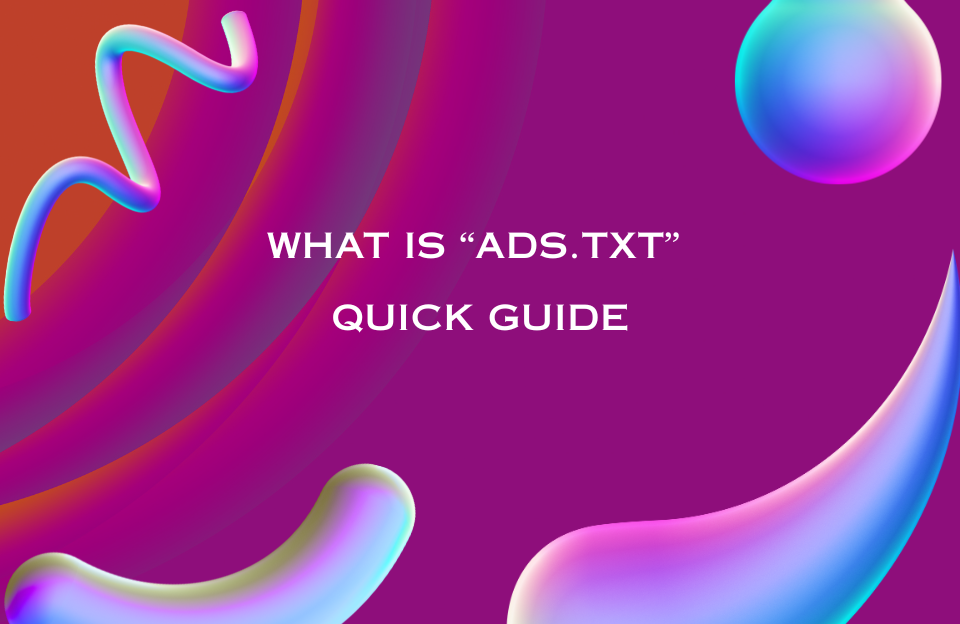Review snippets are short excerpts of customer reviews that appear directly in search engine results pages (SERPs). When implemented with structured data (schema markup), they can display as star ratings, review counts, and even written feedback—making your listings more attractive and trustworthy.
What Are Review Snippets?
Review snippets are small pieces of review content that search engines extract from your website and present directly in organic results. They usually include a star rating (1 to 5), the number of reviews, and occasionally short text excerpts. These snippets appear because of properly structured data using Review or AggregateRating schema.
Why Review Snippets Matter
- Higher click-through rates (CTR): Listings with review stars stand out and attract more clicks.
- Trust signals: Reviews increase credibility, especially for new visitors or potential buyers.
- AI relevance: Structured reviews make it easier for AI systems to assess sentiment and display summaries.
- Improved SEO: Review schema helps search engines understand and highlight key content.
How AI Systems Use Review Snippets
AI-driven tools like Google’s Search Generative Experience (SGE), ChatGPT with browsing, and voice assistants often reference publicly available reviews to generate recommendations. Structured data increases the likelihood that your content is selected, especially when the sentiment is clearly defined and recent.
Example in Google Search
When someone searches for a product like “wireless noise-cancelling headphones,” listings with review snippets (e.g. ⭐ 4.8 · 120 reviews) are more likely to grab attention and earn clicks—even above competitors with higher rankings.
How to Implement Review Snippets
To enable review snippets, you need to add structured data to your product or service pages. Google recommends using JSON-LD, but Microdata or RDFa are also accepted.
Example JSON-LD Review Markup
{
"@context": "https://schema.org/",
"@type": "Product",
"name": "Example Product",
"aggregateRating": {
"@type": "AggregateRating",
"ratingValue": "4.5",
"reviewCount": "134"
}
}Best Practices
- Only use review markup on pages where reviews are visible to users.
- Mark up individual reviews when possible (with
Reviewtype). - Don’t fake reviews—Google penalizes misleading markup or spammy behavior.
- Ensure that structured data reflects the actual user-visible content.
- Use review markup with
Product,LocalBusiness, orSoftwareApplicationtypes where appropriate.
Using External Platforms
Even if you collect reviews via third-party platforms like Trustpilot, Google Reviews, or Capterra, you can often embed them on your site and still apply structured markup. Some platforms provide automatic schema generation or APIs to sync reviews with your backend.
Review Snippets in Funnels
Beyond visibility in search, review snippets can guide users deeper into your funnel. For example, a page with strong reviews may lead to demo bookings, trial signups, or direct purchases. You can A/B test pages with and without visible reviews and monitor the effect on engagement and conversion.
Review Snippets and AI Overviews
Well-structured reviews allow AI models to quickly extract sentiment and trust factors. If your content is marked up correctly, you increase your chances of being cited in generative overviews, product comparisons, and even chatbot responses.
Validation and Testing
Before publishing your markup, test it to ensure it meets Google’s guidelines:
- Rich Results Test – Validate structured data and see if you’re eligible for review snippets.
- Schema Markup Validator – Check for syntax and structure errors.
- Google Search Console: Monitor performance and fix warnings in the Enhancements > Products report.
Common Mistakes to Avoid
- Applying review schema to content without actual reviews.
- Using fake ratings or unmatched content.
- Forgetting to update the review count or rating values when they change.
- Applying markup to category or blog pages instead of product/service pages.
- Misusing review markup for commercial gain without transparency.
Conclusion
Review snippets help your content stand out, build trust, and perform better in both traditional and AI-enhanced search results. By properly implementing structured review data, you give search engines—and users—clear signals about the quality of your offerings.
In today’s AI-driven and trust-focused digital landscape, customer feedback isn’t just social proof—it’s structured fuel for discoverability.




